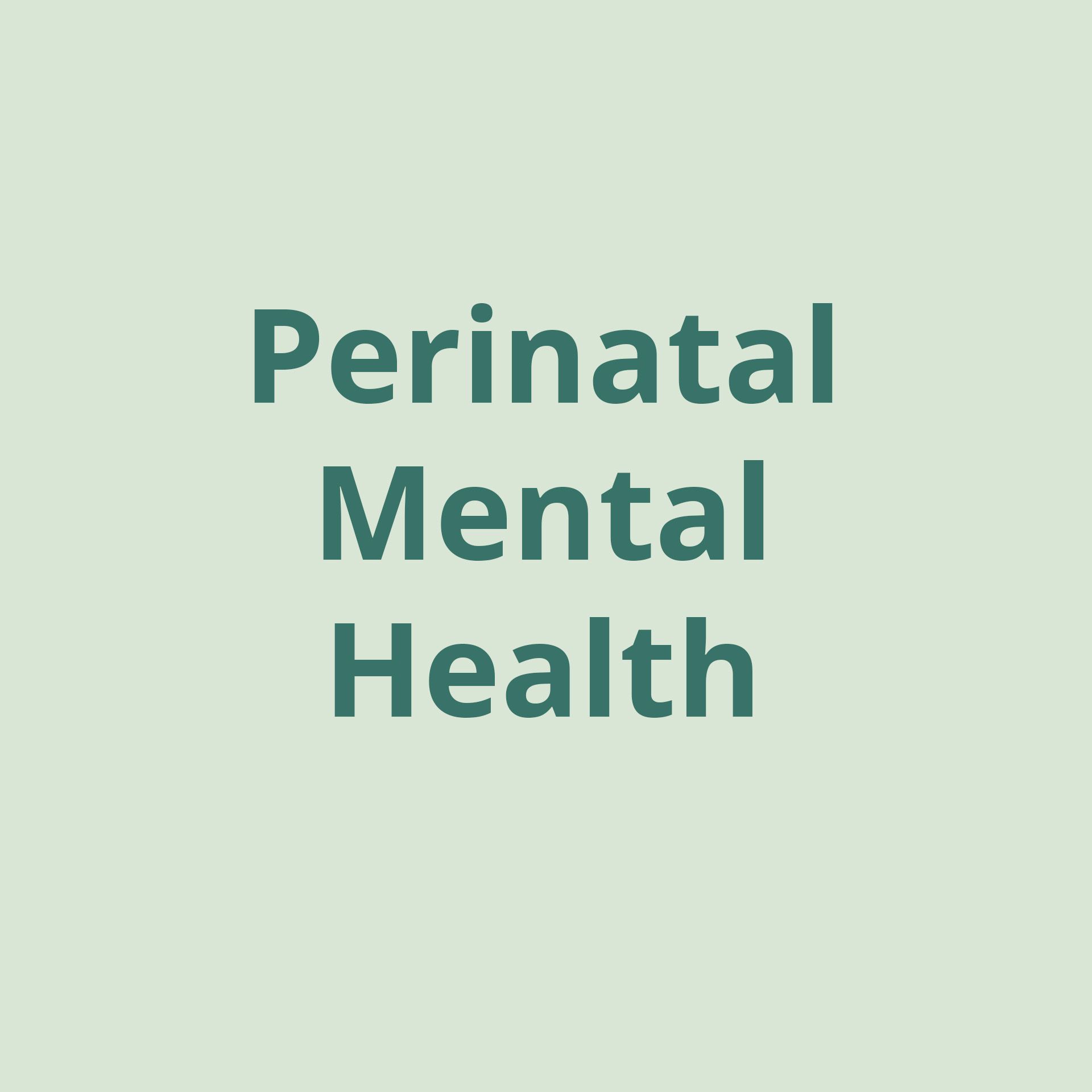Understanding Perinatal Loss and Managing Parental Grief

By Thrive Reno’s Perinatal Mood and Anxiety Disorder (PMAD) Program Manager and Therapist, Lauren Kalogridis, LSW, CSW-Intern
Pregnancy and infant loss can forever change the lives of the people it affects. Unfortunately, due to the hesitancy to discuss perinatal loss by many loved ones and society at large, many individuals who experience a perinatal loss find themselves grieving in isolation.
In honor of Pregnancy and Infant Loss Awareness Month , Thrive honors the memories of all babies who’ve been lost too soon and offers support to grieving families. We understand that all forms of perinatal loss are devastating regardless of what stage of the pregnancy it occurred. Additionally, all parents may grieve a perinatal loss in their own way, regardless of their gender, identity, or if they carried the child.
Bereaved parents and their loved ones should keep in mind that grief ebbs and flows and healing is nonlinear. Their lives may never be the same, but over time, and with adequate support, parents will be able to connect to their loss without being consumed by grief.
Below you’ll find an overview of different forms of perinatal loss, common misconceptions, notes on subsequent pregnancies, paths to healing, and additional resources for bereaved parents. If you’re struggling with a perinatal loss, we can connect you with a Thrive perinatal grief specialist; just give us a call.
FORMS OF PREGNANCY AND INFANT LOSS
Pregnancy and infant loss occur during the perinatal period. The losses may result from:
- Miscarriage: The loss of a pregnancy during the first 24 weeks of pregnancy.
- Stillbirth: A baby born without any signs of life at or after 24 weeks of pregnancy.
- Ectopic pregnancy: When a fertilized egg implants outside of the uterus.
- Infant death: May result from prematurity, birth defects, or Sudden Unexpected Infant Deaths (SUIDs) such as Sudden Infant Death Syndrome (SIDS).
Perinatal losses can also be more ambiguous and may include losses related to:
- Infertility and unsuccessful attempts at in vitro fertilization (IVF) and other assisted reproductive technologies
- Adoption or foster care complications
THREE COMMON MISCONCEPTIONS ABOUT PERINATAL LOSS
While more common than you might think, pregnancy and infant loss is often misunderstood. Shedding light on the ambiguity surrounding the topic allows individuals affected by perinatal loss to honor their experiences and memories of their lost babies. Explore some common misconceptions about perinatal loss below.
Myth #1: Perinatal loss is rare.
Unfortunately, perinatal loss is more common than one might be led to believe. In the United States, around ten to 15 percent of pregnancies end in miscarriage, 24,000 babies are stillborn, and 21,000 infants die within their first year. Additionally, BIPOC communities face a higher risk of perinatal loss due to systemic oppression and social determinants of health. While tragic, the prevalence of pregnancy and infant loss means that if you are a bereaved parent, you may find solace in more understanding individuals than you might expect.
Myth #2: Grief about a perinatal loss isn’t valid, especially if the pregnancy was in the early stages.
Although not everyone who experiences a loss early in their pregnancy will experience grief, many parents do. There is a false distinction between the grief experienced over the loss of an early-term pregnancy and the grief experienced with a loss later in pregnancy or in infancy. However, all losses are tragic despite what stage of the perinatal period that they occurred. The way parents process the loss and intensity of their grief may vary depending on their personal attachment styles, connection to their pregnancy, and the nature of the loss.
Myth #3: The topic of perinatal loss shouldn’t be addressed in conversation.
Oftentimes, people might hesitate to acknowledge their loved ones’ perinatal loss, fearing they will trigger the grieving parent. Though everyone appreciates a different level of support, many parents want their lost pregnancy or baby to be remembered. Avoiding the topic may increase the grieving parents’ sense of isolation and unintentionally advance the stigma surrounding perinatal loss.
SEVEN TIPS FOR MANAGING GRIEF FOLLOWING A PERINATAL LOSS
While managing one’s grief following a perinatal loss is often supported by others, the guidance below is intended to provide bereaved individuals and families with some helpful insight into their grief.
Tip #1: Don’t feel the pressure to “accept” your loss.
There is an outdated idea that parents who’ve experienced a perinatal loss “get over it” and eventually accept the loss. The idea of letting go is not supportive to many parents who have a great deal of love for a lost pregnancy or baby even after they are gone. Instead of letting go, parents can focus on finding a sense of connection to their loss and loving their baby in their absence. Through this process, parents can work to slowly integrate their grief into their life and worldview. As a result, rather than allowing their grief to consume their lives, parents can walk with it, while also embracing their lives.
Tip #2: Recognize different forms of grieving.
Everyone grieves differently. For example, some individuals grieve intuitively by expressing their emotions outwardly. Others grieve instrumentally by taking action and addressing the many tasks of life that are complicated after a loss. Additionally, people’s grieving timelines vary greatly. By accepting the various ways to grieve as valid and remaining patient with each other, families can stay connected as they heal from their loss.
Tip #3: Loved ones can carry you through your grief in different ways.
Parents need different kinds of support following the loss of an infant or pregnancy. For bereaved parents, it can be helpful to ask themselves, “What kind of specific support do I hope for from this person?” Some people might be “do-ers”; they might be helpful in running out for groceries, calling to make doctor’s appointments, or watching older children while the parents have time alone. Other people might offer helpful distractions, make you laugh, or listen and offer emotional support. Thinking more specifically about who you can go to for different kinds of support may provide your loved ones more direction and ensure you feel more supported and connected.
Tip #4: Therapists can help you process your grief.
All parents deserve the opportunity to grieve without isolation. Therapy can be a helpful place to process emotions individually or as a family with your partner and other children. For some parents, their grief will become more integrated as time takes its natural course. Others may experience complicated grief after a loss; grief that remains raw and acute despite the passage of time. Parents may feel stuck in complicated grief, especially if other risk factors are present such as trauma histories, lack of adequate support, or societal stigma that does not recognize perinatal loss as valid. Therapists can support you to process and integrate complicated grief or unresolved trauma, which will support you in finding a reprieve from this kind of suffering.
Tip #5: Seek out other forms of support and care.
For some, the loss of a pregnancy or infant can become a crisis of faith. If so, it can be helpful to reach out to people in your spiritual community who can be present with these hard questions while you grieve. Additionally, doulas can offer parents postpartum care, even following a pregnancy or infant loss. For parents who may be lactating after a loss, certified lactation consultants can offer support as you explore options about how to handle this physical transition.
Tip #6: Make space to grieve the specific hopes and dreams.
When someone dies as an older adult, we often spend time with the memories we had with them while they were alive. Parents who’ve lost a pregnancy or baby may not have had a long life of memories with their baby, but they often have had many meaningful hopes and expectations for their life with this child. As a result of these hopes unraveling, they may find it difficult to envision their own futures after a loss. Grieving these dreams is an important part of healing from a perinatal loss and will support parents in reconnecting with their lives and moving forward.
Tip #7: Find ways to intentionally connect to your grief.
By engaging in structured ways to connect to their loss in daily life, parents can have a healthy outlet for their grief. For example, grief support groups provide parents with time every week to honor the memory of their pregnancy or baby as well as connect with others who might be experiencing similar struggles.
STRUGGLING DURING SUBSEQUENT PREGNANCIES
The term “rainbow baby” is often used to refer to babies born successfully following a previous perinatal loss. Rainbow babies are symbols of hope and renewal. With the new pregnancy, parents have the opportunity to honor their baby who was lost, while embracing their next season of parenthood.
Unfortunately, after experiencing a perinatal loss, parents face an increased risk for perinatal mental health struggles during subsequent pregnancies, including:
- Perinatal anxiety: Parents who’ve experienced a pregnancy or infant loss may experience increased anxiety about the possibility of another loss occurring. Anxiety during subsequent pregnancies and postpartum periods is especially prevalent if the previous loss was unresolved.
- Attachment struggles: After enduring a perinatal loss, some parents may find it difficult to bond with their rainbow baby. A parent may have their walls up to avoid becoming fully attached to their new baby for fear that they may be grief-stricken by another perinatal loss.
If you’re noticing these signs in your own journey, or the journey of someone you love, therapeutic support might be helpful.
THRIVE’S SUPPORT FOR GRIEVING PARENTS
Thrive provides bereaved parents with a community of healing and support. Find out more about our perinatal grief therapeutic services below.
Perinatal Loss and Grief Support Group — Thrive Reno
Thrive Reno offers a complimentary community support group for grieving parents . All individuals who are struggling with a perinatal loss are welcome, regardless of the nature of the loss and whether the loss was experienced recently or many years ago.
Outpatient Perinatal Grief Therapy for Individuals and Couples — Thrive Reno and Thrive Waco
At both Thrive’s Reno and Waco locations, perinatal grief therapists provide counseling to individuals and couples. Parents struggling with a loss can do self-work during individual sessions and reconnect to each other during couples sessions.
‘It Takes a Village’ Day Program — Thrive Reno
While Thrive Reno’s ‘It Takes a Village’ Day Program for perinatal mental health isn’t intended for parents experiencing a recent perinatal loss, it can help parents throughout any subsequent pregnancies. The program guides parents in bonding with their new baby while also healing any trauma that may be unresolved from a previous perinatal loss.
ADDITIONAL PERINATAL LOSS RESOURCES
Resources in Reno
- Pregnancy and Infant Loss Support of the Sierras (PILSOS) — Hosts a monthly support group and offers a Facebook group .
- Biggest Little Baby — Hosts has a monthly support group for parenting after a loss
- Elowyn’s Elephants Kits — Provides complimentary care packages for bereaved parents. Parents can pick one up at Biggest Little Baby.
General Resources
- Postpartum Support International (PSI) — Provides a comprehensive list of resources on its website as well as free online support groups focusing on perinatal loss .
- Seleni Institute — Publishes blogs on perinatal loss .
- Return to Zero — Works to foster awareness around pregnancy and infant loss.
- Glow in the Woods — An online community of parents who’ve experienced pregnancy and infant loss. Includes a great book and resource list.
- StillBirthDay — Offers support to parents experiencing a perinatal loss.
- Molly Bears — Creates teddy bears to match the weight of lost pregnancies or babies.
- Star Legacy Foundation — Fosters awareness around the topic of perinatal loss through research and advocacy.
- Now I Lay Me Down to Sleep — Offers complimentary photography services to remember stillborn babies.
Diversity, Equity, and Inclusion Resources for Perinatal Loss
- Return to Zero Hope’s resources for LGBTQIA+ and BIPOC struggling with perinatal loss.
- Center for American Progress report on the racial disparities in maternal and infant mortality.
- Sisters in Loss, a community of Black women replacing silence with storytelling related to perinatal loss
ABOUT THE AUTHOR
Lauren Kalogridis, LMSW, CSW-intern — Perinatal Program Manager & Therapist
Lauren Kalogridis, LMSW, CSW-Intern, earned her Bachelor of Social Work from New York University, and her Master of Social Work from Smith College School for Social Work. Lauren’s clinical approach is grounded in relational psychodynamic therapy, and incorporates elements from somatic, trauma-informed and cognitive-behavioral modalities. Her clinical experience has ranged from working with teens to older adults on issues including depression, anxiety, psychosis, trauma-related symptoms, relationship challenges, and issues related to identity and oppression. Lauren is passionate about working with teens and young people, as well as LGBTQ+ identified folks. She is also actively practicing as a full-spectrum doula, which has informed and deepened her commitment to working with individuals during the perinatal period. Lauren recognizes all humans have an intrinsic need to feel safe, to connect, and to belong. She believes in collaboratively building a trusting therapeutic relationship, which serves as a foundation for gaining new insight and accessing healing. You can expect her to bring warmth, humor and intention to your work together, as she supports you in envisioning new possibilities for your life and relationships.
The post Understanding Perinatal Loss and Managing Parental Grief first appeared on Thrive Wellness.








